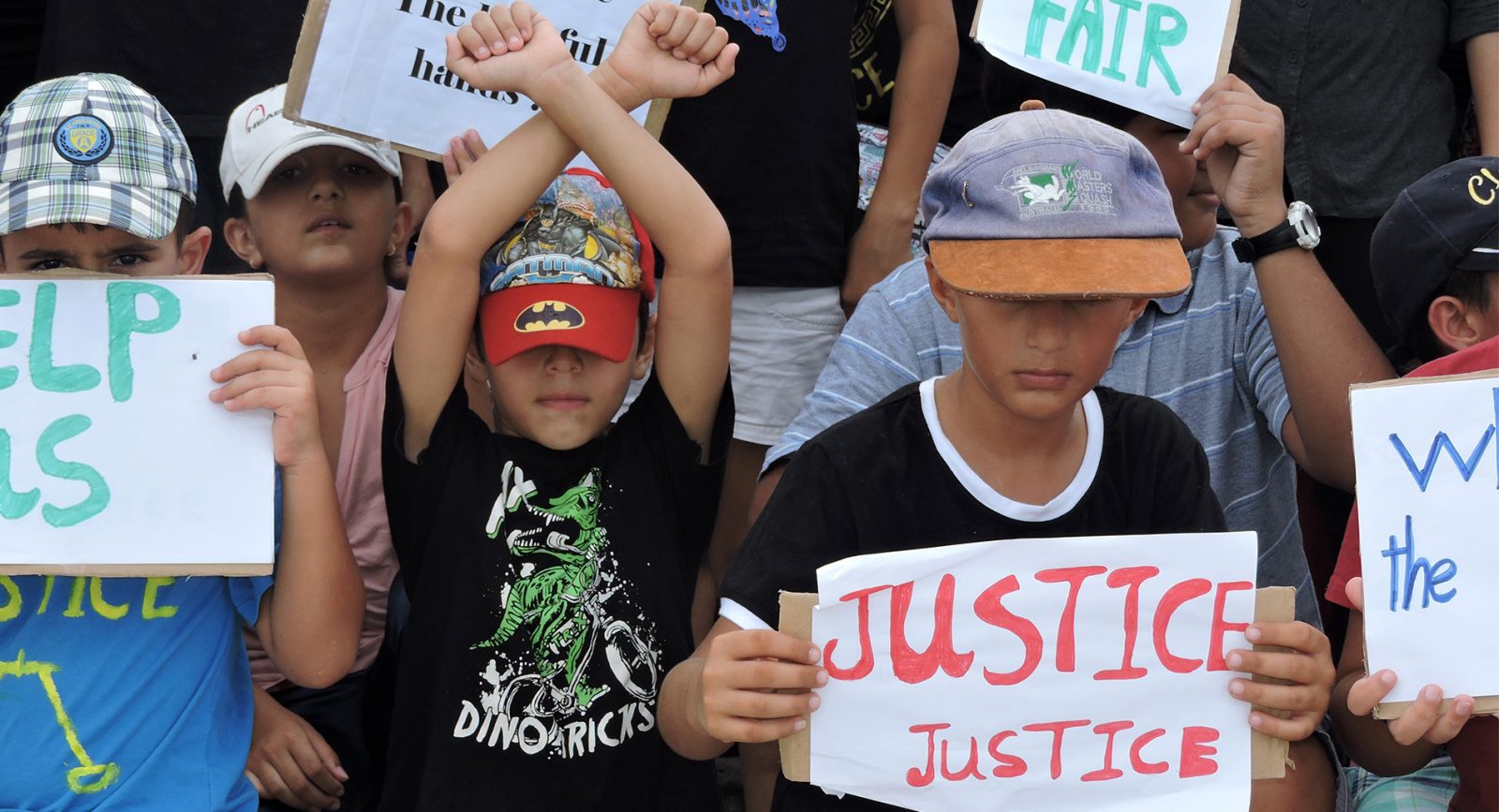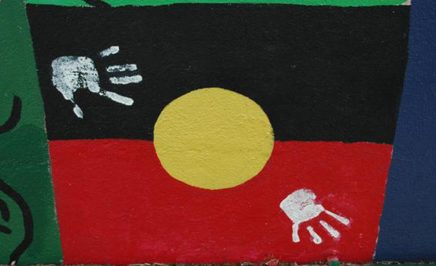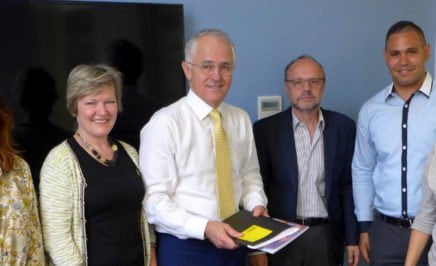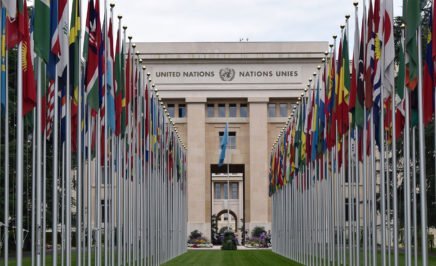Foreign Minister Julie Bishop has this week launched Australia’s bid for a Human Rights Council seat at the United Nations. But, back at home, the Government continues its inherently abusive offshore detention regime, and oversees astronomical rates of Indigenous incarceration.
“It’s not enough to talk the talk in New York – this government must must walk the walk at home,” said Claire Mallinson, National Director of Amnesty International Australia.
“Australia must demonstrate that it would be a principled, effective and accountable Human Rights Council member. It must protect the rights of Indigenous children, and refugees and asylum seekers living under Australia’s policies.”
“This week we released proof that the Australian-run Manus Island refugee centre was directly fired on, risking lives. Yesterday, more details emerged of deliberately cruel policies that place the safety of hundreds of people at great risk.”
“Meanwhile, Aboriginal and Torres Strait Islander children are 25 times more likely to be locked up than non-Indigenous children. We have seen abuses in youth detention in the Northern Territory, Queensland, Western Australia and Victoria – all around the country. The problem is nationwide and we need a national action plan on youth justice. This will support Indigenous children to stay with their families and thrive in their communities,” said Claire Mallinson.
“The UN Special Rapporteur on The Rights of Indigenous Peoples recently toured Australia. She was shocked at the rates Australia locks up Indigenous children, and at the conditions in youth detention. She said Australia needed to address Indigenous issues to be able to be a member of the Human Rights Council.”
In making its Human Rights Council bid, Amnesty International recommends Australia commits to:
-
Funding and implementing a measurable national plan to end the overrepresentation of Indigenous young people in the criminal justice system. This includes setting justice targets alongside the existing Closing the Gap targets and reporting on them annually.
-
Working constructively with the National Congress of Australia’s First Peoples, Aboriginal and Torres Strait Islander representatives and peak bodies. The Government must address the priorities set out in the Redfern Statement. This calls for a more just approach to Aboriginal and Torres Strait Islander Affairs.
-
Ending Australia’s cruel practice of mandatory offshore processing and detention.
-
Immediately bringing refugees and asylum seekers from Manus Island and Nauru to Australia for processing and protection.
-
Increase Australia’s annual refugee resettlement intake to at least 30,000 people, prioritising those selected by UNHCR.
-
Ensuring people who seek asylum in Australia are treated humanely. They must have their asylum claims assessed in a timely, fair and efficient manner, irrespective of their mode of arrival.
-
Ending Australia’s moratorium on resettling refugees that have arrived in Indonesia after 1 July 2014.
-
Working with other countries to adopt a responsibility-sharing approach to managing the flow of people seeking asylum and refugees.
-
Supporting and advocating for increased humanitarian assistance, assistance for hosting countries. Improving capability for search and rescue and safe disembarkation at sea. Providing more efficient and effective refugee status determination and resettlement processes. Expanding other safe pathways for refugees to access protection (eg. through skilled migration, family reunion, student visas etc).




